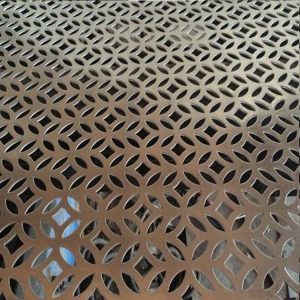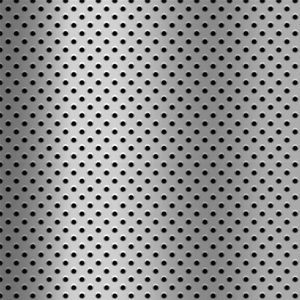What size is perforated aluminium sheet?
03-22-24
Perforated aluminum sheet is a metal material widely used in construction, decoration and industrial fields. It is characterized by perforations on the aluminum plate in accordance with certain rules and spacing to achieve specific functions or visual effects. However, there is actually no fixed standard for the size of perforated aluminum plates, because the choice of size depends on a variety of factors.
The size of the perforated aluminum plate needs to be determined according to the specific application scenario.
In the field of construction, perforated aluminum panels are often used as curtain walls, ceilings or partitions. These application scenarios have different dimensional requirements for perforated aluminum plates, so they need to be customized according to specific needs. For example, a curtain wall may require larger perforated aluminum panels to cover a larger area, while a ceiling may require smaller perforated aluminum panels to achieve a more delicate finish.
The size of the perforated aluminum plate is also affected by the perforation method and the aperture size.
Perforation methods include mechanical perforation, laser perforation and punching and other ways, each way has its own characteristics and scope of application. The aperture size is also an important factor in determining the size of the perforated aluminum plate. Different aperture sizes can achieve different visual effects and functions, for example, a larger aperture can achieve a better ventilation effect, while a smaller aperture can achieve a finer decorative effect.
The size of the perforated aluminum plate is also restricted by factors such as production process and cost.
The complexity and cost of the production process will directly affect the size selection and customization range of perforated aluminum plates. Therefore, when choosing perforated aluminum plates, these factors need to be considered according to the actual situation.
In short, the size and perforation design of the perforated aluminum sheet can be customized as needed to meet specific design requirements and application requirements. When selecting the perforated aluminum sheet, factors such as its size, perforation shape, perforation size and spacing need to be considered to ensure that it can meet the practical application needs.








